Chickens have a pecking order. Whoever is on top gets to boss everyone around. And when you mix two different flocks, the chickens have to reorganize themselves to determine where everyone falls in the pecking order. Unfortunately, it is usually a difficult process to watch as the underling chickens get bullied. It’s like a version of sorority hazing, but with feathers and the potential for some blood.
Initially we had the two flocks separated, but they could see each other through a fence. After about a month, we let them have supervised “visits” for a couple hours in a shared area. Now we have joined the two coops into one big area by creating an opening between the coop fencing, so they are all making adjustments to each other.
It’s always easier to introduce multiple chickens, so we have that in our favor. When you introduce just one new chicken to an existing flock, she will bear the brunt of all the abuse. With multiple new chickens, they all get some abuse but hopefully nothing overwhelming.
In our situation, we have five new girls joining three older girls. Pearl is on top and has actually been the most chill about bossing them around. Florence, on the other hand, is on the bottom of the older flock. She has been the biggest bully to the new girls, probably because she’s desperate to finally boss someone else around for a change.
Chickens will do things like block off access to the food and water, so make sure you have multiple areas for the chickens to get food and water. In the picture above, you will notice a water dish is setup in the actual hen house so the new girls still have access if they get stuck in there. If a chicken gets cornered, she might lose some tail feathers. Our new gals are mostly getting chased around and spending most of their time in one of the two hen houses to avoid the older gals.
Sometimes the pecking can get so bad that someone gets seriously wounded. If that’s the case, separate the injured bird to clean the wound and let it heal. You can also talk to your local feed store about getting this blue substance to put over the wound when it’s closed up. Chickens see the color red, so they’ll continue to peck at a bloody wound. The blue substance disguises that.
Thankfully, no one is getting injured. After two weeks of the hens having full access to each other, things do seem to be slowly calming down. I would expect the transition to take another few weeks, but the worst is over.
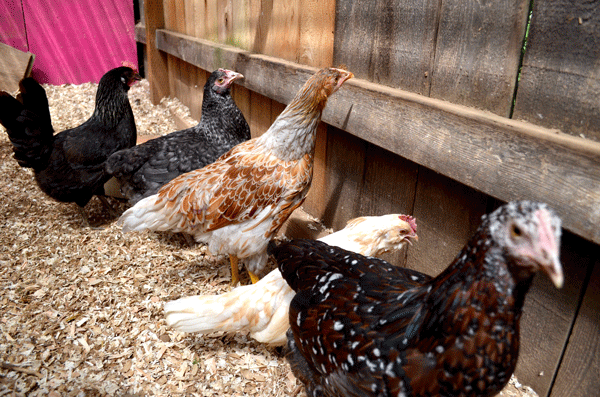
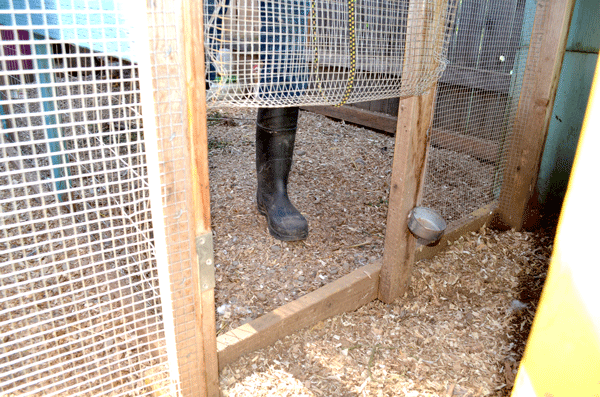
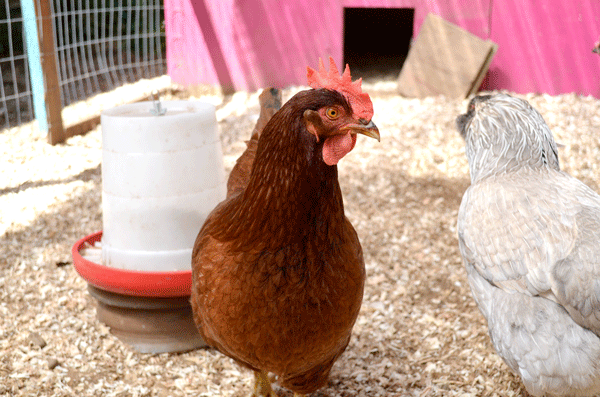
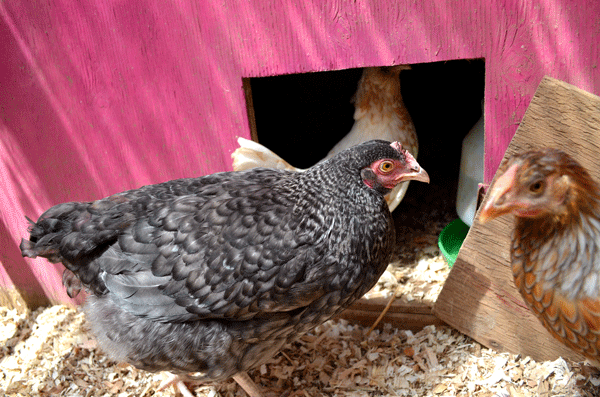
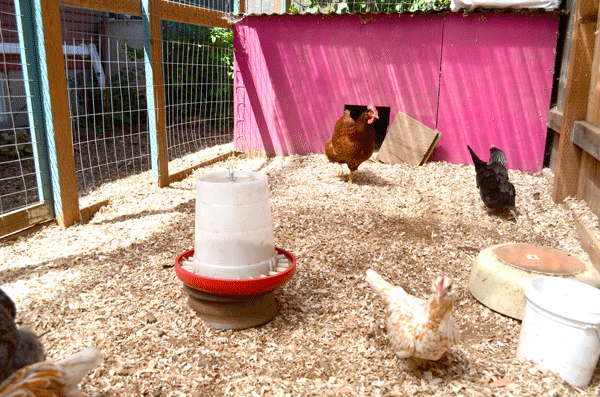



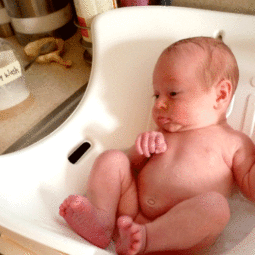

 This has become my
This has become my
 This is from South
This is from South


 All the ornamental grasses get cu
All the ornamental grasses get cu



I have 3 hens and am getting 6 new pullets (4 mo old). Is it better to move the 3 hens out and let the new hens get oriented and then reintroduce the three hens?
This is a very late reply on my part! I would move the new pullets all together in with the hens when they are fully feathered out. It will not spare the new pullets any bullying to move out the older hens, then move them back in. Having all six pullets will also spread out the bullying from the older three girls, so no one younger pullet gets too picked on. Hope the transition went relatively smooth!